State Parks: Paddling Trails
Wednesday, July 24th, 2013This is Passport to Texas
Texas is home to more than 50 inland and coastal paddling trails – some of which are in state parks.
10— We took one at Caddo lake last summer. It is a swamp-like creature. It is neat, though. And then, I’ve been down to some at the coast; those are nice down there, too.
Terry Rodgers is park superintendent at Inks Lake State Park in the Hill Country; arguably one of the most popular parks in the system. He says its 831 acre lake is not yet part of the TPW paddling trails system, but – he adds — that doesn’t leave would-be paddlers high and dry.
13— We stay busy at Inks trying to educate people. We have a canoe clinic, where actually we teach people how to paddle and then we take them out on a little interpretive tour of Devil Waterhole and some of the different areas there.
The paddling trails team is identifying potential trails on Inks Lake. Meantime, there are opportunities for paddlers of all skill levels to get on the water at this scenic park – day or night.
17— We have a program that is just really neat. We call it the moonlight paddle; we take people out at night. Those are for the more experienced canoers and kayakers. You have to be 18 years [old] and we prefer [you] to be experienced. And so, it is a blast; it’s very educational, too.
Registration is required for these paddling programs.
Support provided by Ram Trucks. Doing what’s right and good regardless of the degree of difficulty — takes guts. Those are the people who build Ram trucks. RAM.
For Texas Parks and Wildlife…I’m Cecilia Nasti.
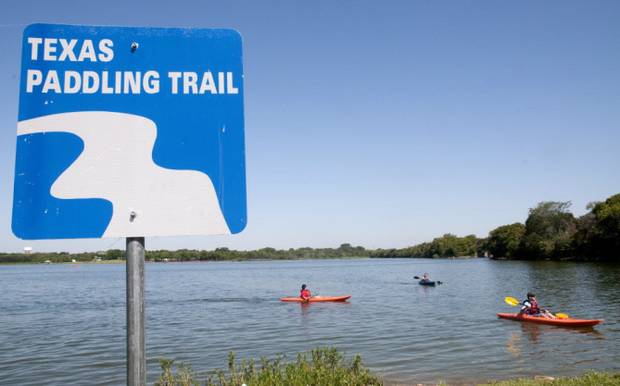

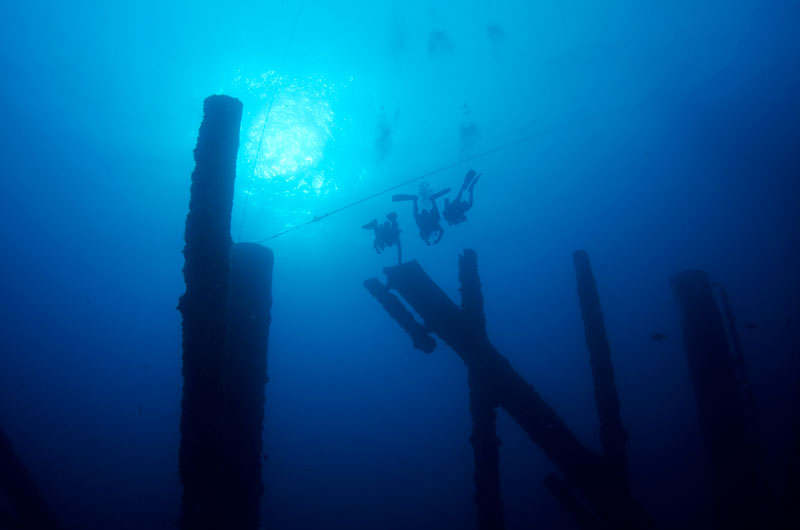
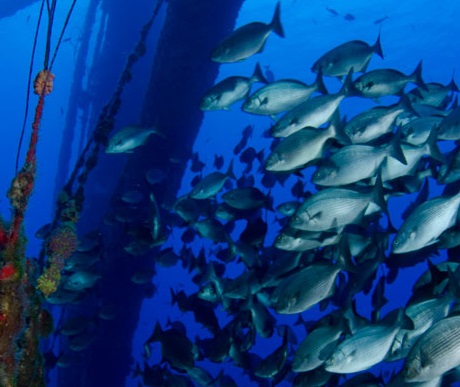
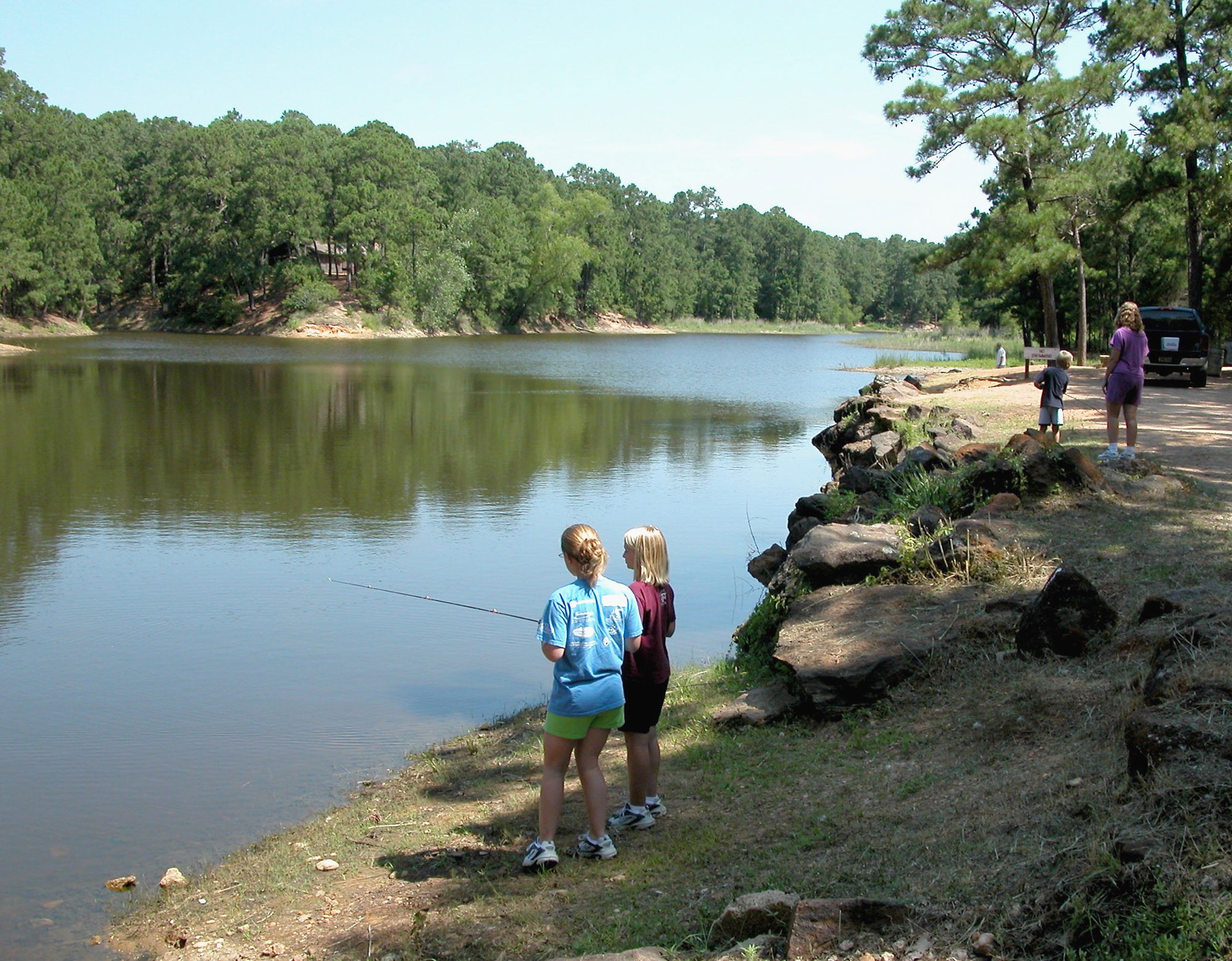
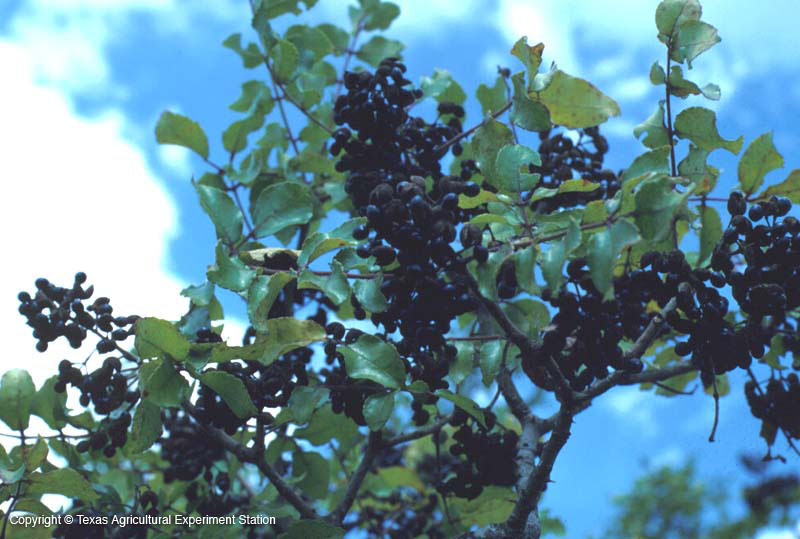

 Passport to Texas is a
Passport to Texas is a  Passport to Texas is made available by:
Passport to Texas is made available by: